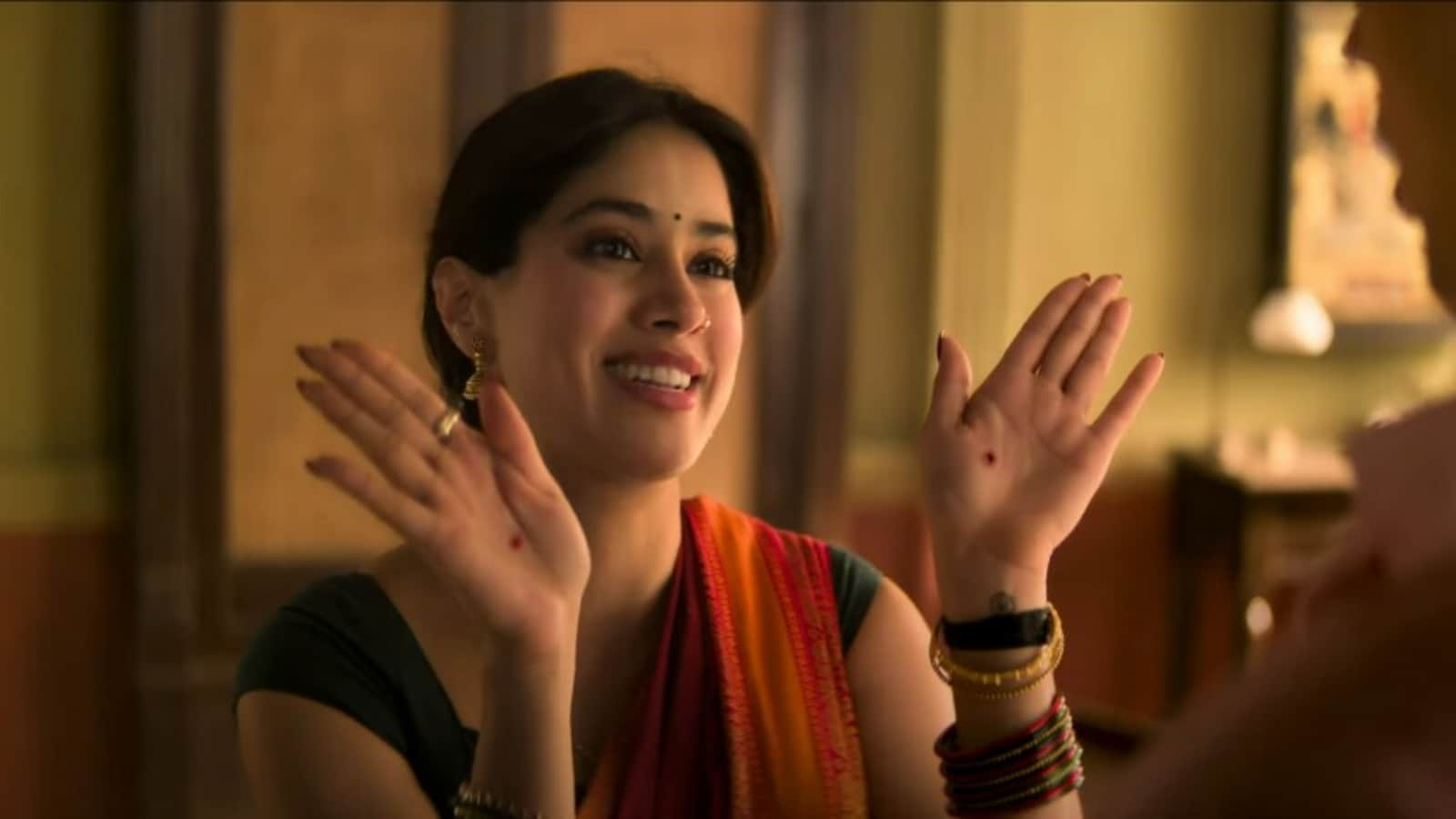Last Updated:
Helmed by Pharrell Williams, what really grabbed attention was the quirky autorickshaw handbag design, a playful blend of India’s bustling street life and Louis Vuitton’s style

Louis Vuitton’s autorickshaw handbag | Image: Instagram
Louis Vuitton, the French luxury brand, launched its latest accessory — a handbag shaped like an Indian autorickshaw, which instantly became a viral sensation online.
As part of its Men’s Spring/Summer 2026 collection, it leaned heavily into Indian cultural influences, celebrating local craftsmanship while giving street style an upgrade.
Helmed by Pharrell Williams, what really grabbed attention was the quirky autorickshaw handbag design, a playful blend of India’s bustling street life and Louis Vuitton’s iconic style.
The bag, crafted in Louis Vuitton’s signature monogram canvas, featured functional-looking mini wheels and camel-hued leather handles.
It was first shared online by the Instagram account ‘Diet Paratha’, which posted a video of the bag with the caption: “Did this bag just colonise me? Jokingggggg… NRI’s bout to go crazy for this one tho.”
Though not part of the main runway showcase, the bag quickly became a talking point, especially for its bold cultural crossover.
Netizens React
Reactions on social media ranged from amusement to cultural critique. One user quipped, “Middle-class struggle is high-class couture,” while another asked, “Why is the West suddenly obsessed with Asia? Yesterday it was Prada’s Kolhapuri chappals, today it’s LV’s autorickshaw bag.”
Others leaned into the humour. “I forgot my rickshaw at home,” joked a commenter.
Another wondered, “So are they going to price it by the meter?” Some users praised it as a bold statement piece, with one writing, “This would be such a flex in my wardrobe.”
Louis Vuitton is no stranger to eccentric silhouettes — previous collections have featured bags shaped like aeroplanes, dolphins, and even lobsters.
Yet the autorickshaw bag stood out for its unmistakable cultural reference, prompting discussion about whether it represented cultural appreciation or yet another example of fashion’s appropriation of Eastern motifs.
- First Published:






